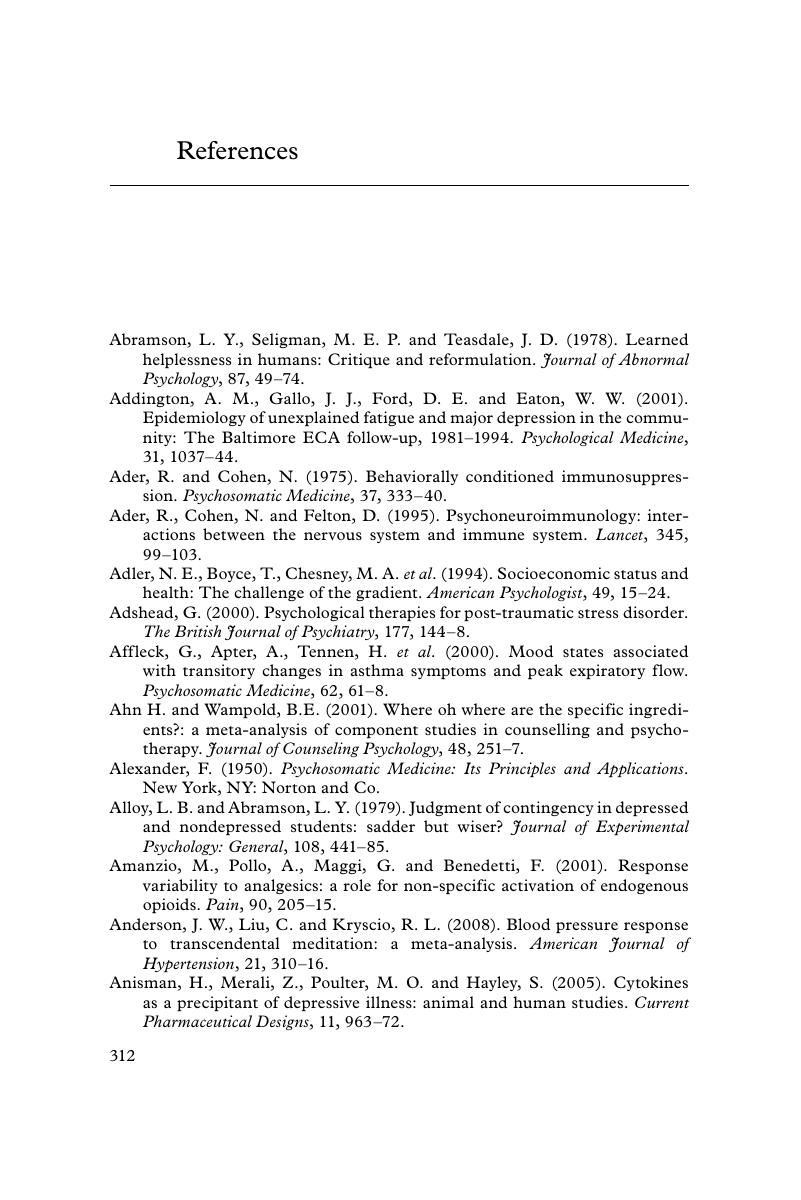Book contents
- Frontmatter
- Contents
- List of figures
- List of tables
- List of boxes
- Acknowledgements
- 1 The two philosophies: health, disease, medicine and psychotherapy
- 2 The body's mind: psychoneuroimmunology, stress and adaptive response
- 3 Personality, disease and the meaning of infornet dysregulation
- 4 Networks and their properties
- 5 The causes of dysregulation: associative learning, food intolerance and the effects of stress throughout the lifespan
- 6 The causes of dysregulation: supervised learning, repetitive strain injury, attention-deficit/hyperactivity disorder, chronic fatigue syndrome and depression
- 7 The causes of dysregulation: asthma and precursors to specific disease
- 8 Three different types of psychologically mediated therapy: placebos and the art of medicine, psychotherapy and complementary and alternative medicine
- 9 Therapeutic mechanisms
- 10 Finding the pattern: health in modern society
- 11 Infornet theory in perspective
- References
- Index
- References
References
Published online by Cambridge University Press: 05 June 2012
- Frontmatter
- Contents
- List of figures
- List of tables
- List of boxes
- Acknowledgements
- 1 The two philosophies: health, disease, medicine and psychotherapy
- 2 The body's mind: psychoneuroimmunology, stress and adaptive response
- 3 Personality, disease and the meaning of infornet dysregulation
- 4 Networks and their properties
- 5 The causes of dysregulation: associative learning, food intolerance and the effects of stress throughout the lifespan
- 6 The causes of dysregulation: supervised learning, repetitive strain injury, attention-deficit/hyperactivity disorder, chronic fatigue syndrome and depression
- 7 The causes of dysregulation: asthma and precursors to specific disease
- 8 Three different types of psychologically mediated therapy: placebos and the art of medicine, psychotherapy and complementary and alternative medicine
- 9 Therapeutic mechanisms
- 10 Finding the pattern: health in modern society
- 11 Infornet theory in perspective
- References
- Index
- References
Summary

- Type
- Chapter
- Information
- The Origins of Health and Disease , pp. 312 - 338Publisher: Cambridge University PressPrint publication year: 2011



